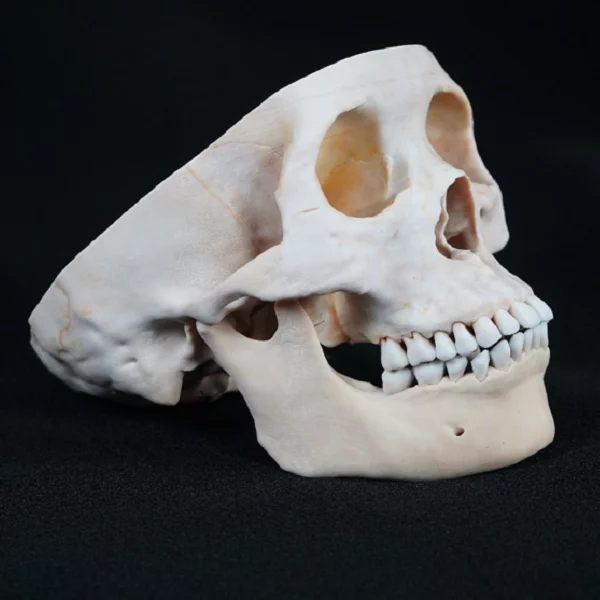
virtual dissection tables have revolutionized the field of anatomy education by providing an immersive and interactive learning experience. These advanced technological tools offer numerous benefits over traditional methods, such as durability and cost-effectiveness.
Durability and Cost-Effectiveness
One significant advantage of virtual dissection tables is their durability. Unlike physical specimens that can deteriorate over time or be damaged during handling, virtual models remain intact indefinitely. This ensures that students always have access to high-quality anatomical structures for study purposes.
In addition to their longevity, virtual dissection tables are also highly cost-effective. Traditional anatomy labs require constant replenishment of expensive cadavers or animal specimens, which can strain educational budgets. By contrast, once a virtual model is created for use on a table, it can be accessed repeatedly without any additional costs.
This affordability allows educational institutions to allocate resources more efficiently while still providing students with comprehensive anatomical knowledge.
The Benefits of DIGIHUMAN
DIGIHUMAN is one notable example of a virtual dissection table system that offers exceptional advantages in anatomy education. With its cutting-edge technology and realistic 3D models, DIGIHUMAN provides an unparalleled level of detail and accuracy in depicting human anatomy.
By utilizing high-resolution images obtained from medical imaging techniques like CT scans and MRIs, DIGIHUMAN creates lifelike representations of various body systems. This enables students to explore intricate structures from multiple angles and gain a deeper understanding of human anatomy than ever before possible with traditional methods.
What Is a Digihuman?
A digihuman refers to the digital representation or simulation of the human body using advanced computer graphics technology. It combines detailed anatomical data with interactive features, allowing users to virtually dissect and explore the human body in a realistic and engaging manner.
With a digihuman, students can manipulate anatomical structures, zoom in on specific regions of interest, and even simulate physiological processes. This hands-on approach enhances learning outcomes by promoting active participation and critical thinking skills.
Incorporating digihumans into anatomy education not only improves student engagement but also provides a safe environment for experimentation without the ethical concerns associated with traditional dissection methods.
Conclusion

The use of virtual dissection tables offers numerous advantages over traditional anatomy education methods. Their durability ensures long-term access to high-quality anatomical models, while their cost-effectiveness allows educational institutions to allocate resources more efficiently. Systems like DIGIHUMAN further enhance these benefits by providing detailed 3D representations of the human body that promote interactive learning experiences. By embracing virtual dissection tables and digihumans, educators can revolutionize anatomy education and empower students with comprehensive knowledge of human anatomy.
Click what is a digihuman.
